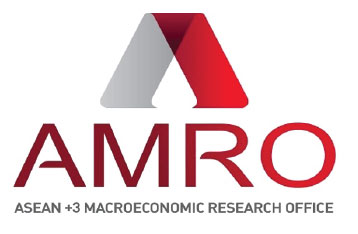This paper adopts and extends a task-based framework leveraging Large Language Models (LLM) to assess occupational exposure to Generative Artificial Intelligence (GenAI). It reveals cross-country variation by income level, with higher-income economies experiencing greater task-level exposure. At present, the potential for GenAI to augment human work outweighs its automation risks, though this balance may shift with the advent of more advanced AI systems and their integration with other emerging technologies. The paper further conducts an exercise to assess occupational exposure under a scenario where artificial general intelligence (AGI) is realized. Using a combination of LLM-based task evaluations and detailed labor force employment data, the study also presents a country case study. While overall exposure remains moderate, occupations in clerical, administrative, and financial services are particularly vulnerable to GenAI-driven transformation in Brunei. Exposure is notably higher, among individuals with mid-level educational attainment, as well as among women.
-
About Us
- Publications
AMRO’s publications aim to identify risks to economic growth and stability and to prescribe policies to address those risks. Read more- Blogs
- Data
- News
Get the latest updates on ASEAN+3 macroeconomic and financial developments and learn more about AMRO's activities Read more- Member Economies
AMRO’s member economies comprise the 10 member states of the Association of Southeast Asian Nations (ASEAN), and China; Hong Kong, China; Japan; and Korea. Read more- Work With Us
Work with AMRO to contribute to the macroeconomic and financial resilience and stability of the ASEAN+3 region. Read more- Regional Knowledge Hub
- ASEAN+3 Finance Process
- Publications
